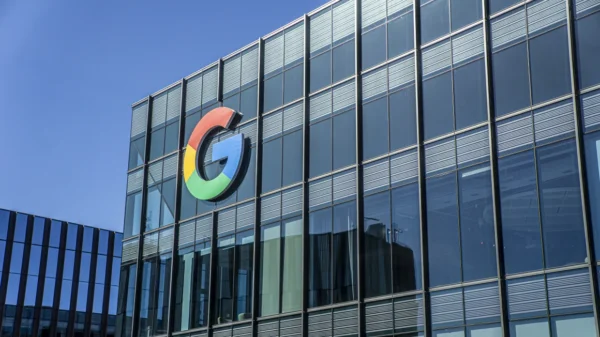The Importance of Reducing Carbon Footprints in Public Transportation
As the world continues to grapple with the effects of climate change, finding sustainable solutions to reduce carbon footprints has become a top priority. Public transportation, which plays a significant role in urban mobility, is an area that has seen remarkable innovations in recent years. These advancements not only help to improve the efficiency and convenience of public transportation but also contribute to the reduction of greenhouse gas emissions. In this article, we will explore some of the innovative technologies and practices that are making public transportation more environmentally friendly.
Electric and Hybrid Buses: A Cleaner Alternative
One of the most significant innovations in public transportation is the introduction of electric and hybrid buses. These vehicles are powered by electricity or a combination of electricity and conventional fuels, reducing the dependency on fossil fuels and minimizing carbon emissions. Electric buses, in particular, have gained popularity due to their zero-emission nature. They offer a quieter and smoother ride while contributing to cleaner air quality in urban areas. Cities around the world are increasingly adopting electric and hybrid buses as part of their efforts to transition to a greener transportation system.
Smart Traffic Management Systems: Optimizing Efficiency
Innovative technologies such as smart traffic management systems are revolutionizing the way public transportation operates. These systems use real-time data and advanced algorithms to optimize traffic flow, reducing congestion and improving the overall efficiency of public transportation networks. By minimizing traffic delays, buses and trains can operate more smoothly, resulting in shorter travel times and reduced energy consumption. Smart traffic management systems also enable better coordination between different modes of transportation, encouraging more people to choose public transportation over private vehicles.
Integration of Renewable Energy Sources
Another significant innovation in public transportation is the integration of renewable energy sources. Many cities are now incorporating solar panels and wind turbines into their transportation infrastructure to generate clean energy. This energy can be used to power electric buses, trains, and stations, reducing the reliance on traditional energy sources. By harnessing the power of renewable energy, public transportation systems can significantly reduce their carbon footprints and contribute to a more sustainable future.
Improved Cycling and Pedestrian Infrastructure
Creating a more sustainable transportation system also involves improving infrastructure for cyclists and pedestrians. By providing dedicated bike lanes, pedestrian-friendly walkways, and bike-sharing programs, cities can encourage more people to choose active modes of transportation. This not only reduces the number of cars on the road but also promotes a healthier lifestyle and reduces carbon emissions. Integrating cycling and walking infrastructure with public transportation networks creates a seamless and sustainable transportation experience for commuters.
Conclusion
Innovations in public transportation are playing a crucial role in reducing carbon footprints and creating a more sustainable future. Electric and hybrid buses, smart traffic management systems, the integration of renewable energy sources, and improved cycling and pedestrian infrastructure are just a few examples of the advancements that are transforming the way we travel. By embracing these innovations and investing in sustainable transportation solutions, cities can significantly contribute to mitigating climate change and improving the quality of life for their residents.
































